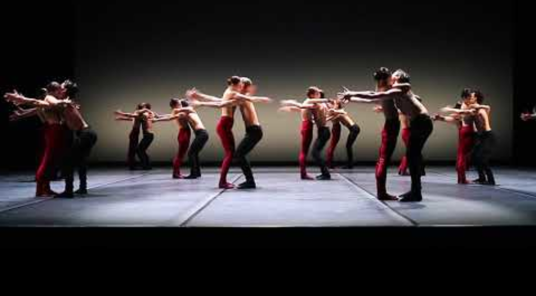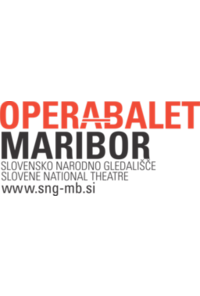Carmina Burana by the German composer Carl Orff (1895–1982) is today considered one of the most famous musical stage works (stage cantatas), which the composer completed during the rise of Nazism in 1936, even if the Nazis labeled Orff's music as degenerate (entartete Musik). In Carmina Burana, Orff - in a similar manner to Richard Wagner before him with his idea of a comprehensive work of art (German: Gesamtkunstwerk) - wanted to implement the concept of "theatrum mundi" - the theater of the world, in which music is closely intertwined and, so to speak, to the point of indivisibility , movement and speech. Orff's artistic configuration consequently adapted the musical flow to such an extent that music as a sound phenomenon can only be realized to perfection through a dramatic context on stage, which Carmina Burana's modern performances in a purely concert form can hardly satisfy.
While writing this complex work, with its full Latin title Carmina Burana: Cantiones profanae cantoribus et choris cantandae comitantibus instrumentis atque imaginibus magicis (Songs from Beuern: Secular songs for singers and choirs, intended to be performed with instruments and accompanied by magical imagery), Orff wrote a sequence of twenty-four songs from the preserved medieval poetic code, which consists of as many as 254 poems composed in the secular Latin of vagabond students, Middle High German and Old French between the 11th and 13th centuries, he created a unique musical and stage work with a specific dramaturgy. This one is primarily focused on stringing together individual episodes, which are extremely different in both meaning and character, and not so much on (in the strict classicist sense) the evolutionary construction of a musical whole, so it is not surprising that
When composing the cantata Carmina Burana, which, together with the other two cantatas Catulli Carmina (Songs of Catullus) and Trionfo di Afrodite (Triumph of Aphrodite) is part of the triptych Trionfi (Victory or Triumphs), Orff was inspired by the relatively simple but dramatically effective melody of late Renaissance and early Baroque song forms , especially the madrigals of William Byrd and Claudio Monteverdi. Orff was inspired by Stravinsky's early opus when creating a dazzling orchestration in which there is no shortage of pompous dramatic moments, including the opening "point" O Fortuna, velut luna statu variabilis (O Fortuna, you are like the variable moon) - especially his ballet Les noces (The Wedding) – for which rhythm was the primary musical element. The right rhythm will also be crucial in determining the entry point,
The key visual element that Clug expands into a significant choreographic dimension is the circle, which as a geometric figure is the simplest and at the same time the most perfect creation of nature (stars and planets can be found in a circular form, celestial bodies also move in a circular or ellipsoidal form), as well and the circle is a symbol of ontological perfection and roundness, i.e. the passage of life into death and vice versa, as indicated by many alchemical symbols and emblems of either Eastern or Western esoteric traditions. The circle with its center as the principle of gnosis (cognition) acts as an initiation moment for the dancers, namely as the beginning of a dance (and thus also a social) collective, which takes the viewer through various stages of life, energy states and psychological archetypes under the continuous musical stimulus of Carl Orff .






